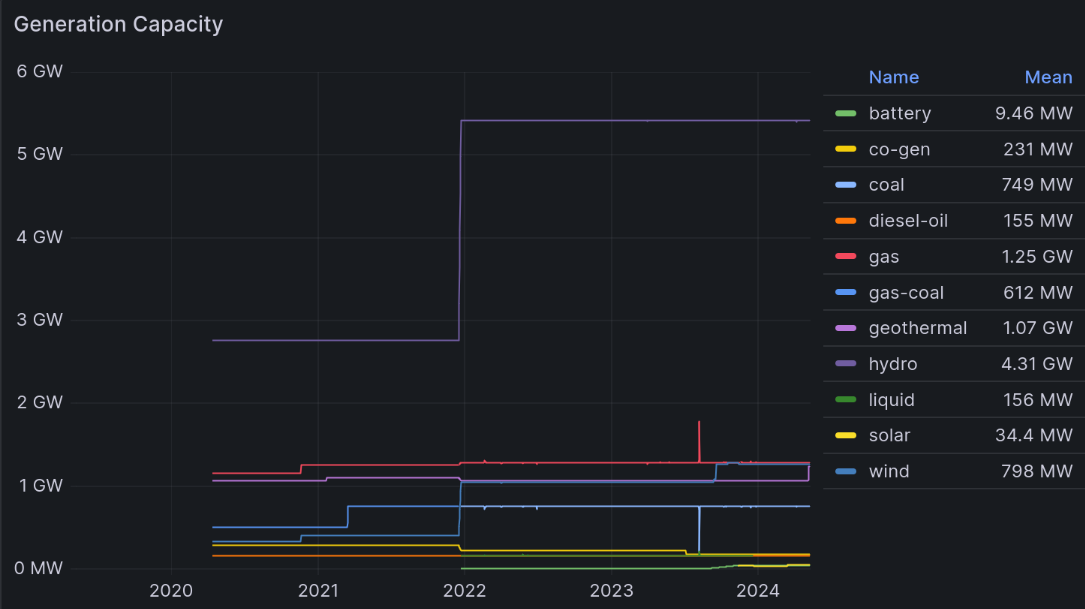this post was submitted on 09 May 2024
31 points (100.0% liked)
Aotearoa / New Zealand
1656 readers
47 users here now
Kia ora and welcome to !newzealand, a place to share and discuss anything about Aotearoa in general
- For politics , please use !politics@lemmy.nz
- Shitposts, circlejerks, memes, and non-NZ topics belong in !offtopic@lemmy.nz
- If you need help using Lemmy.nz, go to !support@lemmy.nz
- NZ regional and special interest communities
Rules:
FAQ ~ NZ Community List ~ Join Matrix chatroom
Banner image by Bernard Spragg
Got an idea for next month's banner?
founded 1 year ago
MODERATORS
you are viewing a single comment's thread
view the rest of the comments
view the rest of the comments
I tought temperatures below 0°C are common in NZ 🤔
It's unlikely that a temp of -4C in Christchurch is the issue. Single digit negatives are normal across much of the country.
It may be that forecasts have cold temps across much of the country, so instead of it peaking in one area it might be everywhere. Or it might be the location of the generation that can't get to where it's forecast to be needed.
The article doesn't help explain it. Hydro lakes aren't particularly low. Is peak generation expected to be the highest ever? It's not mentioned.
This is the kind of situation that variable supply rates for residential households would help. There are many people across the country running solar with batteries, imagine a system where you connect it to a server to get a spot price and have it supply electricity back to the grid at times of high spot prices (that would of course mean providers would have to do variable rates). This one hour period of a slight shortfall could probably easily be supplied by the battery capacity installed in residential homes.
I believe a portion of it is quite a low forecast for wind generation coinciding pretty closely with the morning peak.
The peak-trough consumption difference seems to be about 2GW, and wind generation averages about 400MW but can hit 900MW
If you wanna poke around with some historical data yourself, I scrape a lot of it for my own curiosity, and have opened up my dashboard
The original article has been fleshed out and they now say it's because a lot of generation is offline for maintenance ahead of winter, and this cold weather is earlier than expected.
Oh wow heaps of cool stuff there! What happened to hydro in 2021/2022? Capacity doubled overnight, is this just a measuring issue?